Top 5 workout myths you still believe
Learn about most common workout myths and the truths behind them.
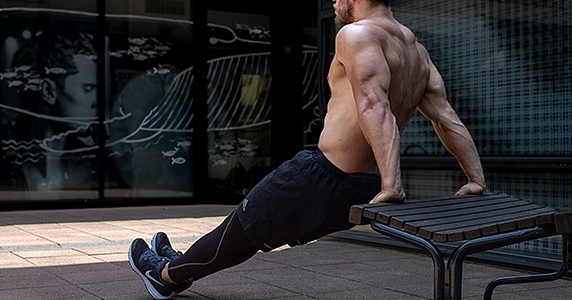
Exercise has been studied by doctors and scientists for many years. Despite this, there are still a lot of misconceptions and myths associated with working out. Go into any gym and you’ll usually see at least a few people doing things that defy logic but, in their minds, make perfect sense. That is the textbook definition of a myth. Unfortunately, believing in workout myths can severely undermine your progress and could even result in injury.
Here are five of the most common workout myths that really need to go the way of the dinosaurs!
1. Spot reduction
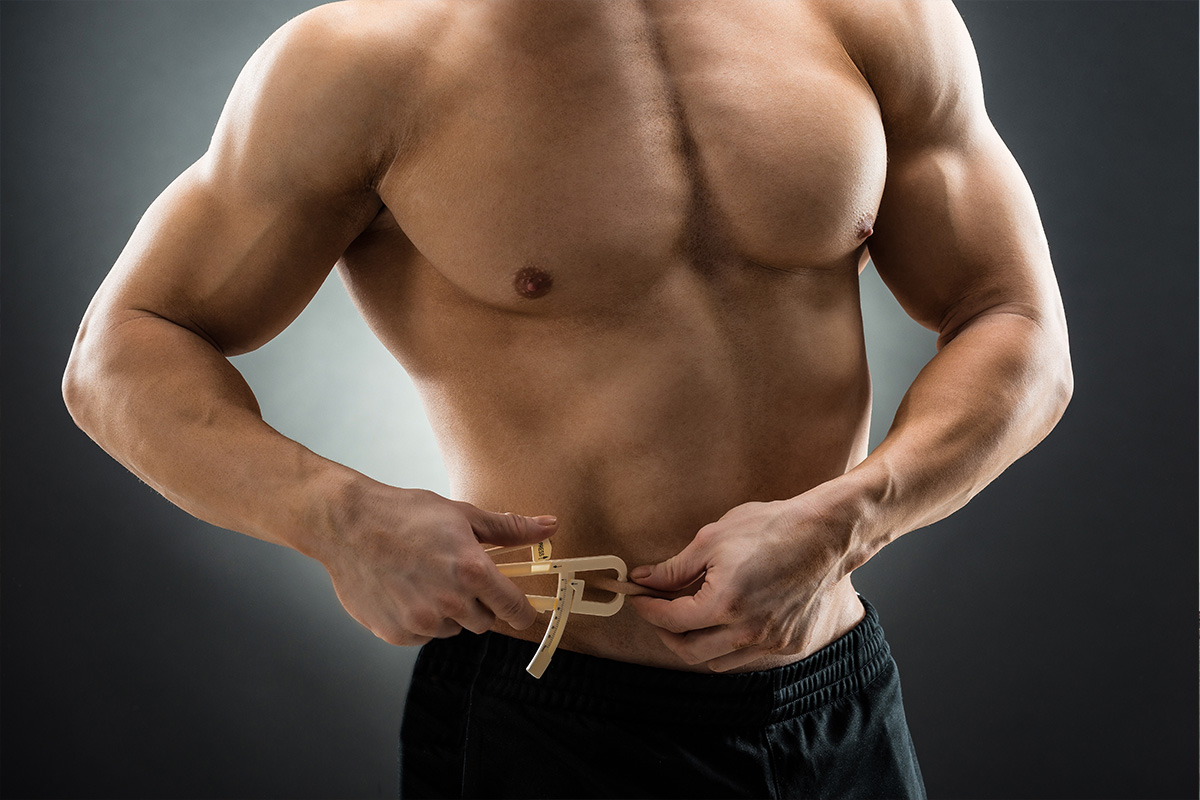
Spot reduction is the theory that you can preferentially burn fat from a specific part of your body, such as the abdomen or butt. People normally attempt this with a combination of high reps and a high volume of training for that particular area. Unfortunately, spot reduction is little more than wishful thinking.
Firstly, doing lot’s of repetitions simply delays the onset of fatigue. If it takes you 30+ reps to start feeling the effects of an exercise, you have just wasted a whole lot of time. Combining more difficult exercises with weights would cause you to fatigue sooner and save a whole lot of time.
Secondly, fat loss happens globally and not locally. Your body accumulates fat according to your genes and hormones. Exercising a specific part of your body will not cause fat to be used preferentially from that area. That burning you can feel is just lactic acid, and not fat magically melting away.
The most effective approach to fat loss is to train your entire body with a combination of cardio and strength training while adjusting your food intake. The best way to burn fat effectively is with high-intensity training. Try the Madbarz Full Body Money Maker workout from the app to get the results you are looking for in less time than ever before!
2. The fat burning zone

Look around any gym and you’ll see people doing cardio at an easy pace with a heart rate of about 60% of their age-adjusted maximum. A lot of these people will even be able to update their social media status as they exercise - #burningfat!
Unfortunately, the fat burning zone isn’t a great place to be. For a start, while you do predominately burn fat during low-intensity exercise, you don’t burn a lot of it, and a little fat goes a very long way. In addition, calorie expenditure is very low too. This adds up to a very inefficient way to burn fat or lose weight.
Most people will get better fat burning results if they pick up the pace and get out of that all-too-comfortable fat burning zone. Why? Training with more intensity will increase your total calorie expenditure, and while you might burn a lower percentage of fat, total energy expenditure is much more important and will produce better results.
In addition, higher intensity workouts, such as interval training and circuit training, trigger a phenomenon called EPOC. Short for post-exercise oxygen consumption, EPOC describes how, after an intense workout, your metabolism remains elevated for hours at a time. This increases the fat and calorie-burning effect of your workout.
The take away from this? Forget the fat burning zone. Reach for new levels of intensity with our Madbarz Insane Cardio workout. With nothing more than a jump rope, you’ll shred fat faster than ever before.
3. If you train hard, you can eat whatever you want

Your body runs on carbohydrate, protein, fat, vitamins and minerals, and requires plenty of water to prevent overheating and dehydration. The more you exercise, the more important these nutrients become. However, some people mistakenly believe that exercising a lot means that the quality of their food becomes less important. So long as they aren’t getting fat everything must be okay.
Unfortunately, it is possible to look fit and healthy on the outside but be very unhealthy on the inside. Too few vitamins and too much sugar, excess salt, trans fats, and artificial ingredients can play havoc with your immune system, leaving you prone to otherwise avoidable illnesses. Poor nutrition can also hinder your recovery from exercise.
If you had a racing car, you wouldn’t fuel it with dirty gasoline, and as your body is infinitely more complex than a car engine. There is more to good health than how many calories you consume or burn, and your body needs an abundant supply of nutrients to function at its best. You really can’t out-train an unhealthy diet. If you would like to learn more about the types of nutrients that your body needs when training, check out the Nutrition section of Madbarz app, available to all Premium subscribers!
4. No pain, no gain
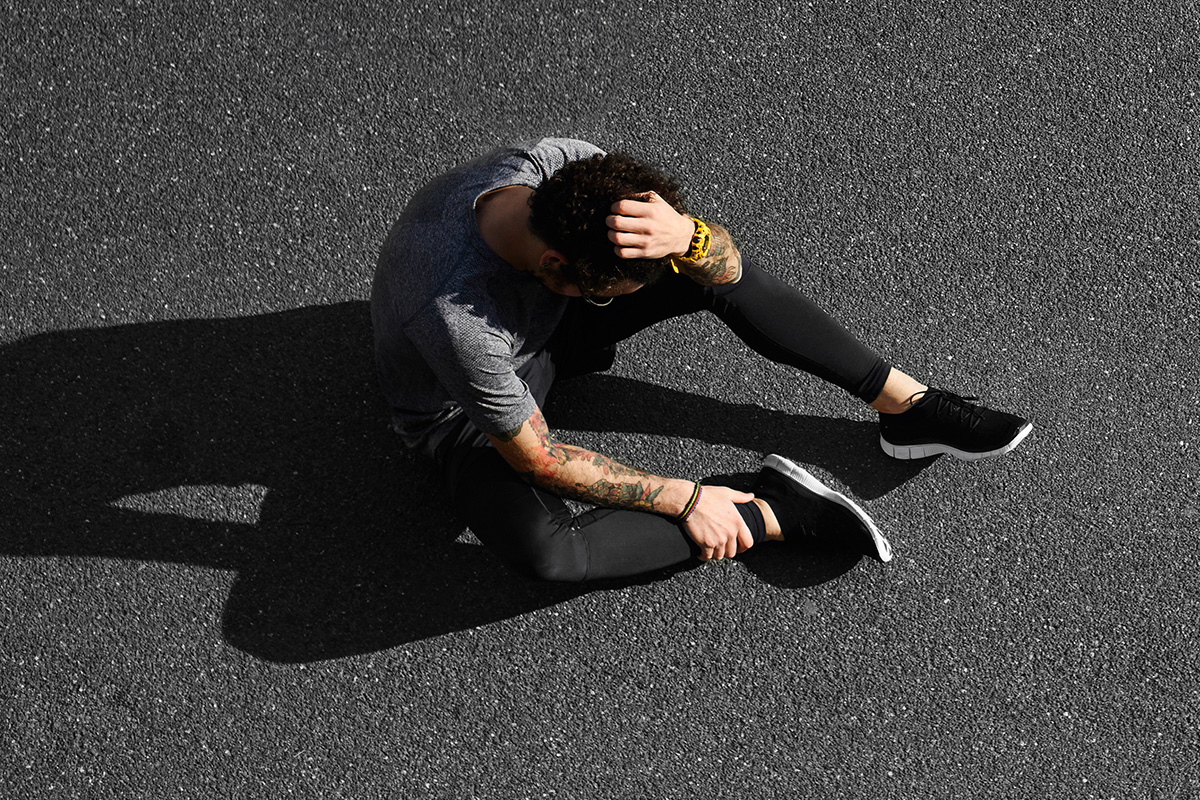
This might make for a good training shirt slogan, but there is a big difference between the discomfort caused by a hard training session and the pain of overexertion and injury. Pain is your body’s way of telling you that something isn’t right.
Lactic acid causes a deep but temporary burning sensation within the muscles you are working, and any pain experienced during exercise should come on gradually, be restricted to the muscles you are working, and dissipate quickly at the end of your set.
Sharp pain that comes on suddenly, affects your joints, or does not subside is a sign you should stop what you are doing. Severe post-exercise muscle soreness is also best avoided as this suggests you have exceeded your normal workout tolerance. Some post-exercise muscle soreness is only to be expected, but if it affects your ability to move around comfortably, you definitely did too much.
5. To build muscle, you have to lift weights
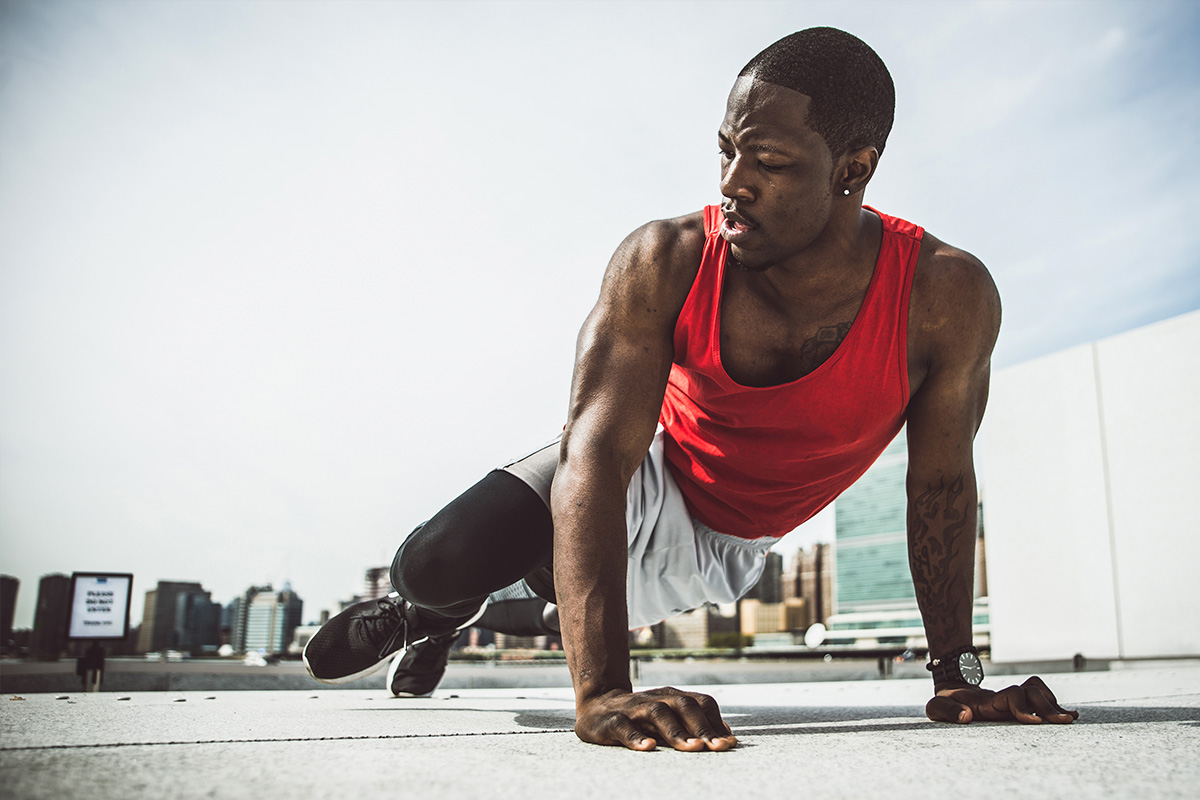
Your body is an incredible feat of engineering, consisting over 200 bones, 600 muscles, dozens of organs, and literally millions of cells. It really is quite incredible. However, despite this complexity, your body is also kind of dumb. For example, your muscles cannot differentiate between doing a low-tech bodyweight exercise like push-ups and using a state-of-the-art resistance training machine. Your muscles just know tension and work.
While lifting weights can help you build muscle, so too can training with resistance bands, lifting rocks or sandbags in your garden, or doing bodyweight exercises. The key to building muscle is not the equipment that you use, but the amount of effort you put in. Providing you train hard enough, even the humble push-up can help you build muscle. Not convinced? Check out the muscular development of a gymnast. They have incredible size and strength despite never touching weights.
Still convinced that you need to lift weights to build muscle? Try our Avenger’s Full Body workout and discover the truth for yourself. As the name suggests, no muscle will go untrained, and you’ll soon be looking like a real superhero.
Your exercise time and energy are precious, so don’t waste them by falling for these myths! Some myths sound entirely plausible but, when held up to the light of scientific scrutiny, reveal themselves as nothing more than wishful thinking.
The next time you hear about something that sounds too good to be true, do some research and avoid inadvertently undermining your progress.

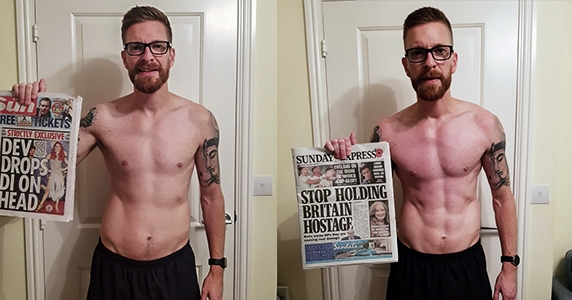
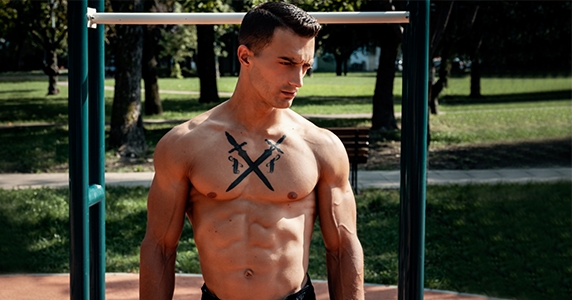
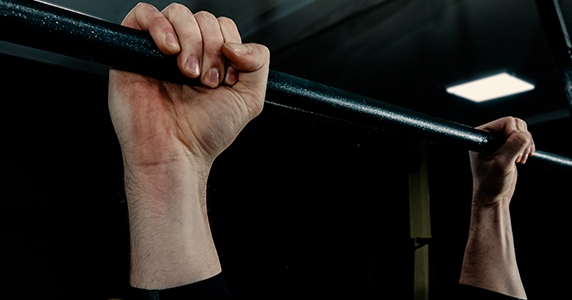
Post a comment